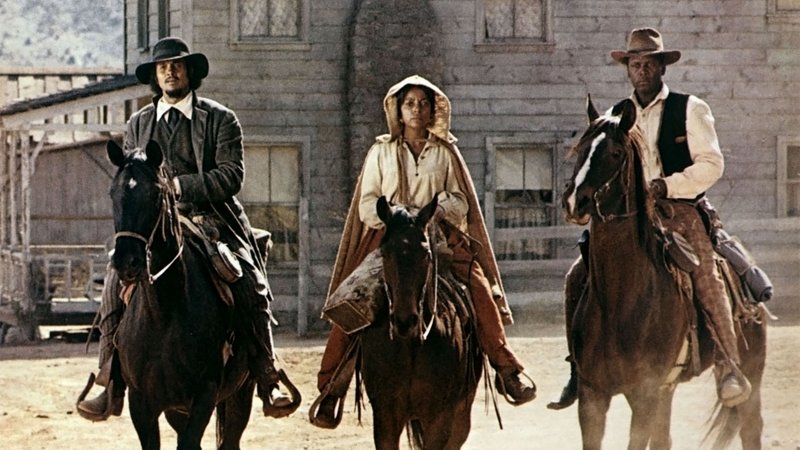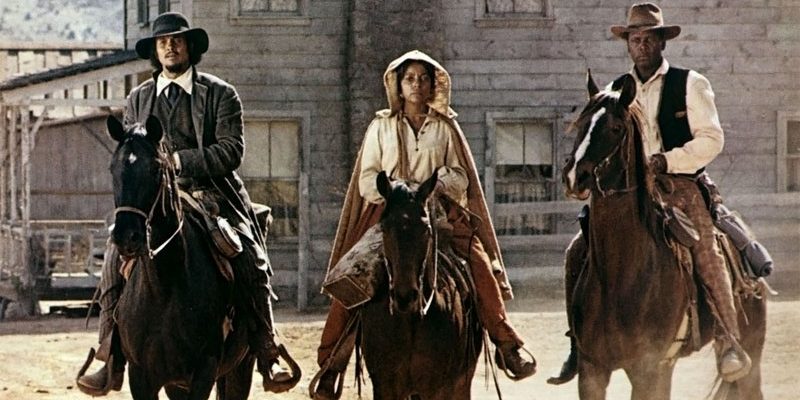
In many ways, the Western Gorilla serves as a mirror reflecting our own understanding of nature and humanity. The animal’s physical presence often leads to depictions of power, but beneath that tough exterior lies a creature that’s deeply social and intelligent, much like us. So, let’s dive into how the Western Gorilla pops up in various cultural narratives, artworks, and stories, revealing the layers of meaning and significance they carry.
The Western Gorilla in Folklore
Folklore often serves as a window into the beliefs and values of a culture, and the Western Gorilla is no exception. In many African cultures, gorillas are not just animals; they’re imbued with spiritual significance. For instance, in some tribes, there are legends that portray gorillas as the guardians of the forest. They symbolize strength and protection, often depicted in stories as beings that can communicate with humans or interact with the spirits of the forest.
You might be wondering how these stories come about. Local storytellers often weave tales featuring Western Gorillas, framing them as wise beings who can teach humans about respect for nature. In this light, the gorilla isn’t just seen as an animal but as a crucial part of the ecosystem, serving as a reminder of the balance between humans and nature. It’s as if the gorilla is saying, “Hey, we share this planet, let’s take care of it together!”
Gorillas in Literature
When it comes to literature, the Western Gorilla has found its way into numerous stories, often representing something larger than life. In classic novels and modern works alike, you’ll find these majestic creatures symbolizing themes like isolation, exploration, and even the struggle against societal norms. For example, in some literary works, a gorilla may embody the wild, untamed part of human nature—something that Western society often tries to suppress.
Authors might use gorillas as characters or symbols to provoke thought about human behavior. Imagine a story where a gorilla escapes a zoo and embarks on a journey through the city, all the while reflecting on freedom and captivity. In this way, the Western Gorilla becomes more than just an animal; it becomes a metaphor for our own desires and struggles.
Artistic Representations
Art has a unique way of capturing the essence of its subjects, and the Western Gorilla has inspired many artists. From paintings and sculptures to performances and installations, these creatures are often depicted in ways that highlight their strength and grace. You might see a powerful painting of a gorilla in a jungle, showcasing not just its physicality but also its deep connection to the environment.
Artists frequently portray gorillas with human-like expressions, hinting at their intelligence and emotional depth. This artistic choice can stir empathy in viewers, prompting questions about conservation and animal welfare. When you see a gorilla’s eyes rendered with such emotion, it’s hard not to feel a connection, reminding us that they are not so different from ourselves.
Gorillas in Film and Media
In the world of film and media, the Western Gorilla often serves as a symbol of power and majesty. Movies like “Tarzan” and documentaries about wildlife show these animals in their natural habitats, emphasizing the need to protect their environments. They’re not just characters; they’re ambassadors for the broader conversation about wildlife conservation.
However, it’s important to note that representations can be a double-edged sword. While many films portray gorillas in a positive light, others may perpetuate stereotypes, depicting them as aggressive or dangerous. This can skew public perception, leading to misunderstandings about their behavior. That’s why it’s crucial for filmmakers and creators to handle these representations with care, ensuring that they reflect the true nature of these animals.
The Role of Gorillas in Conservation Efforts
As culture and folklore shape our understanding of the Western Gorilla, they also play a significant role in conservation efforts. The stories and representations we create can foster a connection to these animals, encouraging people to care about their preservation. Organizations often use gorillas in campaigns to raise awareness about habitat destruction and poaching, tapping into the emotional pull that these creatures have on humanity.
When communities understand the cultural significance of gorillas, they’re often more motivated to protect them. It’s like a ripple effect—more awareness leads to more action, and ultimately, better protection for these incredible animals. For many, the Western Gorilla stands not just as a symbol of wildlife but as a representation of the natural world’s fragility and beauty.
The Global Impact of Western Gorilla Representation
The influence of the Western Gorilla extends beyond Africa; it resonates globally. From children’s books to global campaigns, these creatures remind us of our responsibility to the environment. When people across the world engage with gorilla stories and images, they’re more likely to become advocates for wildlife protection.
Honestly, the gorilla’s gentle and strong nature can serve as a powerful symbol for compassion and resilience. As more people explore their cultural significance, the conversation around wildlife conservation expands, nurturing a global community that cares for and respects nature.
Cultural representations of the **Western Gorilla** are rich and varied, speaking to their significance not just as animals but as symbols of deeper meanings. From folklore and literature to art and media, these majestic beings inspire connections that encourage us to reflect on our relationship with nature. By understanding the roles they play in our cultures, we can foster awareness and advocacy for the protection of these incredible creatures. The next time you encounter a story or image of a Western Gorilla, take a moment to appreciate the layers of meaning they carry and the call to action they inspire in all of us.

